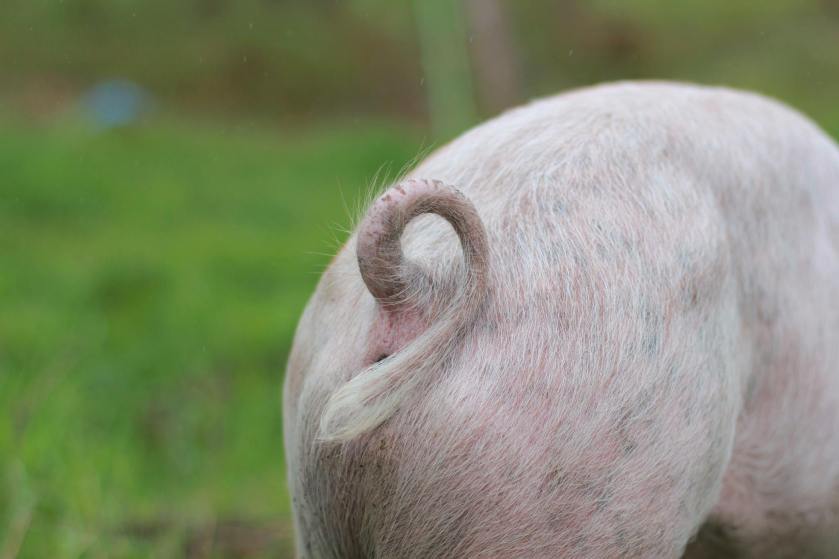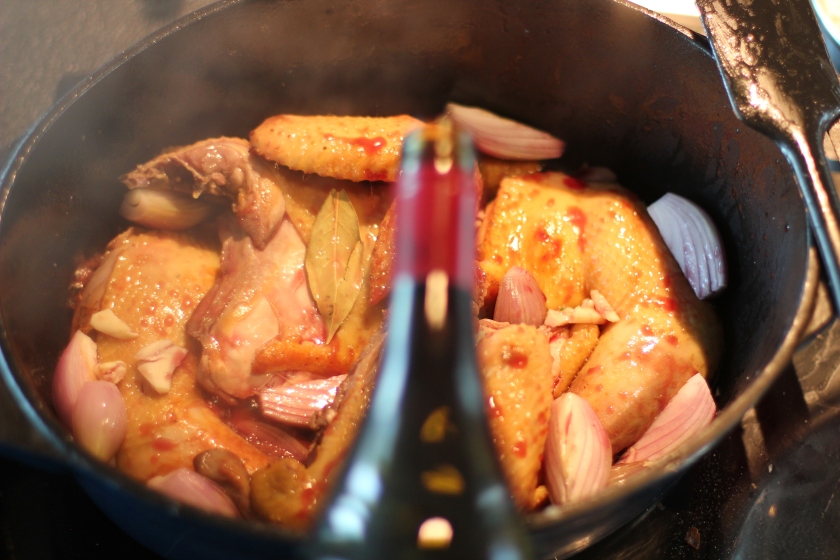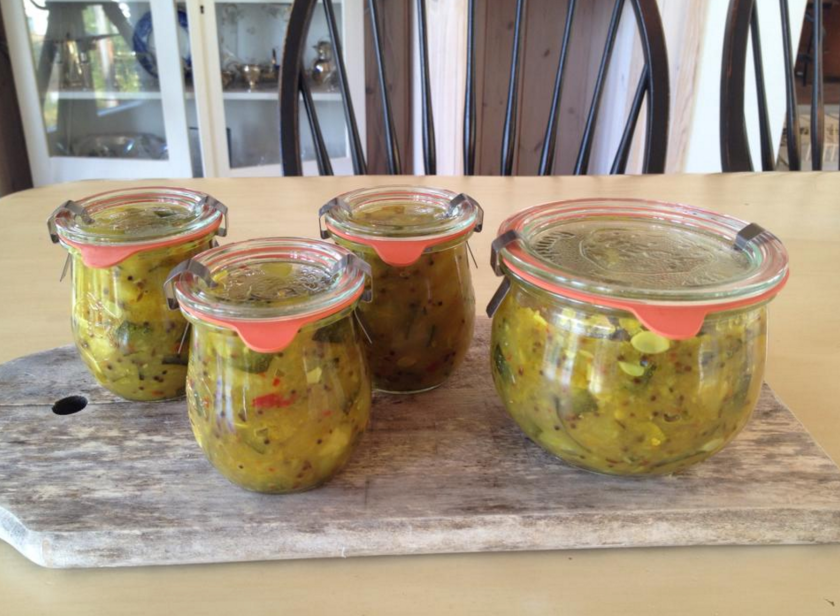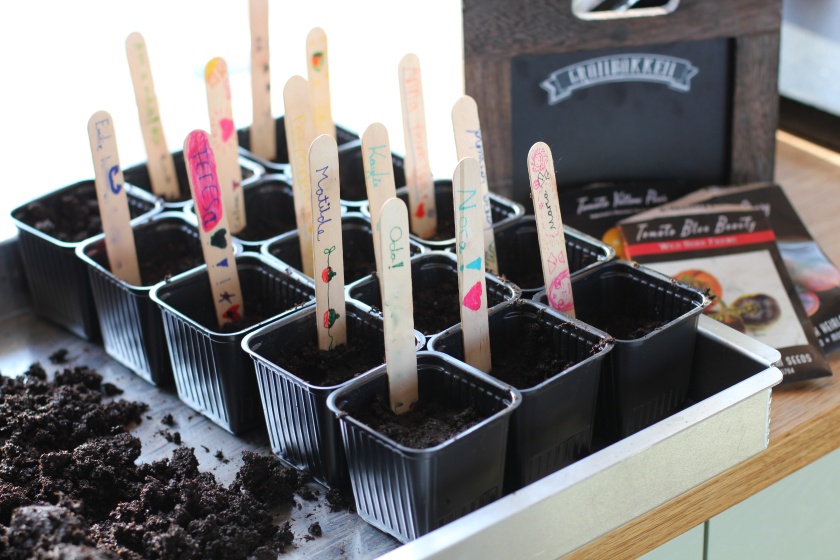‘Norges’ Jacquard circular knitting machine restoration
Years ago I came across antique circular sock knitting machines, you can read my other blog post on this here. Since then I have been following how they have had quite a revival, largely due to the fact that people are now 3D printing them and people around the world are becoming more and more interested in local fabrication through makerspaces and fablabs. A few years ago I picked up a Swedish Favorite, which is a completely different design, but out of the blue, this one came up on the national second hand website and I noticed that it was different that any of the others that I have seen, it came with a v-bed flat panel knitter, but the intriguing part was the extra cam for jacquard patterns! I had never seen it before, and having asked many CSM buffs, I have come to learn that there are not many of these left out there. So today I start the restoration process to see if I can get it purring once again. I was …














